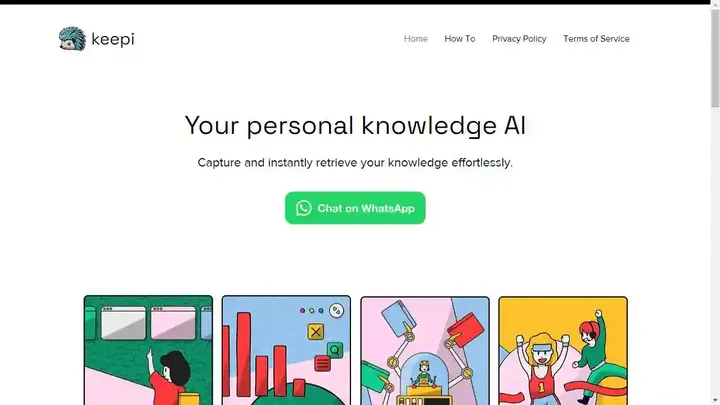Exploring Speaking AI: Features, Uses, and Pricing
Introduction to Speaking AI
Speaking AI stands at the forefront of generative voice technologies, revolutionizing how we interact with artificial intelligence. Developed by Icecool, in collaboration with OpenAI and Google Cloud, it leverages cutting-edge tools such as Whisper, ChatGPT, and Google Text-To-Speech.
This tool's significance lies in its ability to deliver seamless voice cloning and language processing, positioning it as a prominent player in the AI landscape.
Core Features of Speaking AI
At the heart of Speaking AI's capabilities are its advanced voice cloning and text-to-speech features. Users can convert audio to text using an intuitive AI software, which simplifies transcription processes. Additionally, the tool allows for the conversion of video-to-text, enhancing accessibility and understanding of multimedia content.
Speaking AI also supports bulk analysis through CSV imports and provides an embeddable recorder, inviting seamless integration into various workflows. These features cater to businesses and individuals alike, optimizing both productivity and engagement.
Using Speaking AI for Language Learning
Speaking AI transforms language learning by providing real conversational practice without the need for a live tutor. As an AI language tutor, it enables continuous learning opportunities, crucial for attaining fluency in a new language.
The application addresses a significant gap: while grammar and vocabulary apps have their place, they often fall short in helping learners achieve conversational skills. Speaking AI fills this void by simulating conversations, thereby fostering both confidence and competence.
Transcription and Data Analysis with Speaking AI
Speaking AI excels in the realm of data transcription and analysis. Its speech recognition and natural language processing engine transcribe and analyze audio, video, and text data, highlighting crucial keywords and topics.
Beyond transcription, it performs sentiment analysis and extracts key phrases, which can be instrumental for businesses in making data-driven decisions. Its robust capabilities make it an invaluable tool for handling complex data sets across various sectors.
Comparative Advantages of Speaking AI
Among Silicon Valley's fastest-growing AI startups, Speaking AI offers unique advantages over its competitors. It is renowned for providing comprehensive AI-based voice solutions that are tailored to user needs. While other competitive AI tools exist, Speaking AI distinguishes itself through its rapid growth and innovation-driven approach, staying ahead in the market by continuously evolving to meet user demands.
User Experience and Security Considerations
Speaking AI prides itself on offering a user-friendly experience. Its intuitive design ensures users can maximize the tool's potential without frustration. Security is paramount; users maintain ownership of their content with no AI training conducted on user data.
With robust security protocols in place, Speaking AI guarantees data privacy and protection, providing users peace of mind in a constantly digitizing world.
Speaking AI Pricing and Plans
Speaking AI offers a flexible pricing structure, allowing users to opt for professional or automated transcription add-ons. While specific details on pricing tiers aren't available, the platform emphasizes customizable options, ensuring packages align with varied user needs.
These plans are designed to offer substantial value, making Speaking AI an attractive investment for individuals and businesses aiming to enhance their AI capabilities.
Future Developments and Innovations
The future for Speaking AI is bright, with numerous innovations on the horizon. Backed by significant funding from prominent bodies like the OpenAI Startup Fund, the application is poised to expand its offerings, focusing on accessibility in language learning.
Engaging AI-powered tutors that mimic realistic conversations aim to democratize language learning, potentially reaching millions globally. Speaking AI's trajectory suggests it will continue to break barriers, impacting how we learn and interact in today's digital age.











